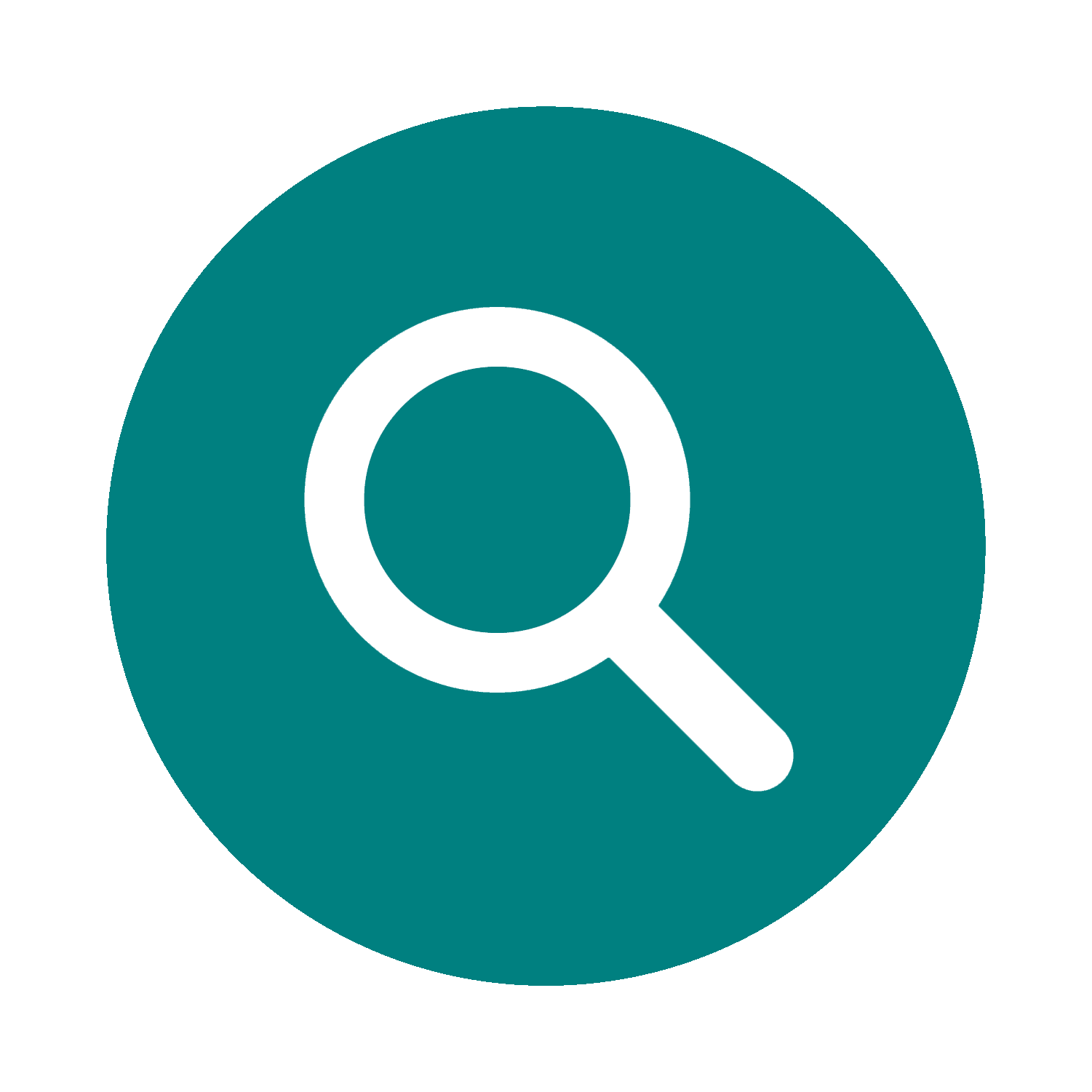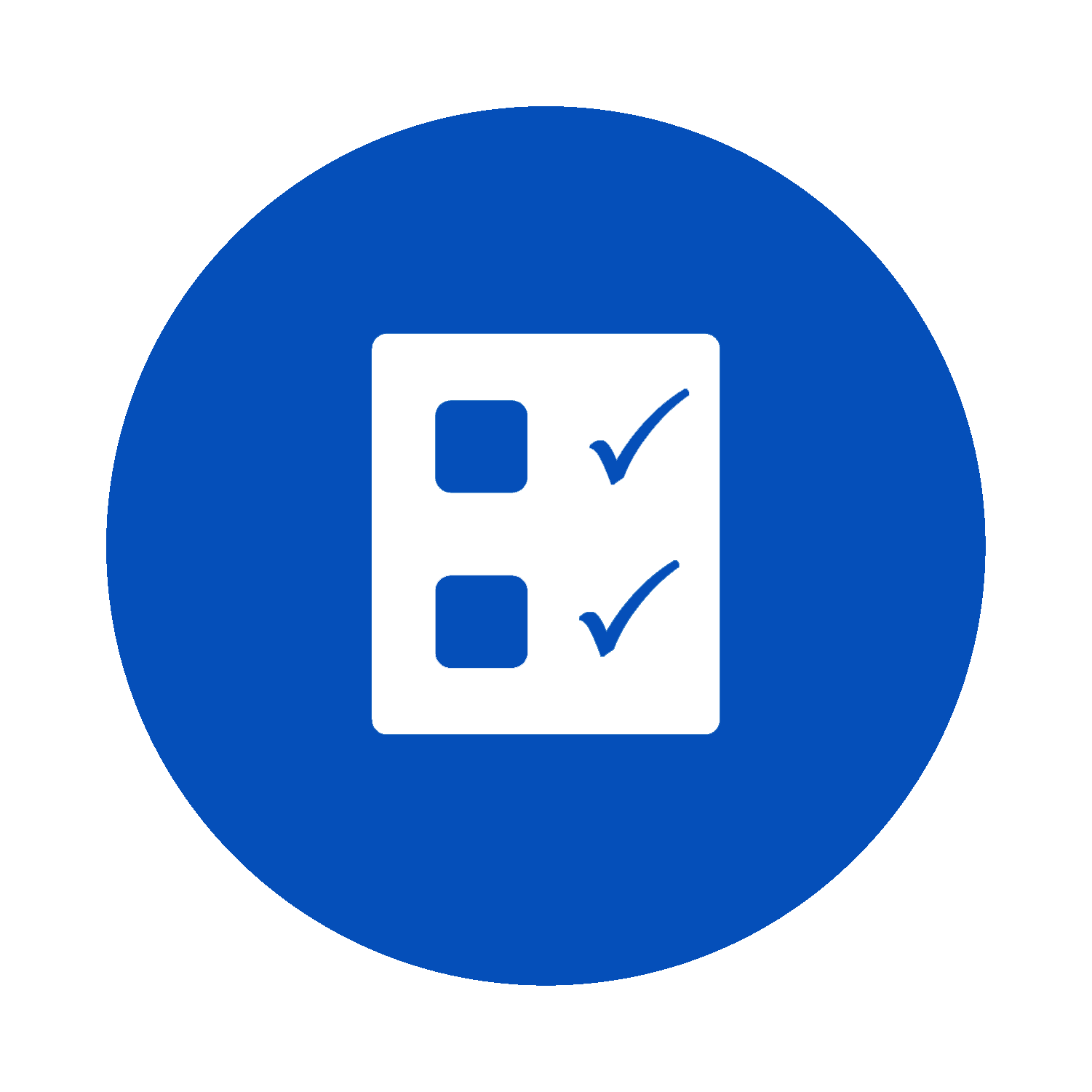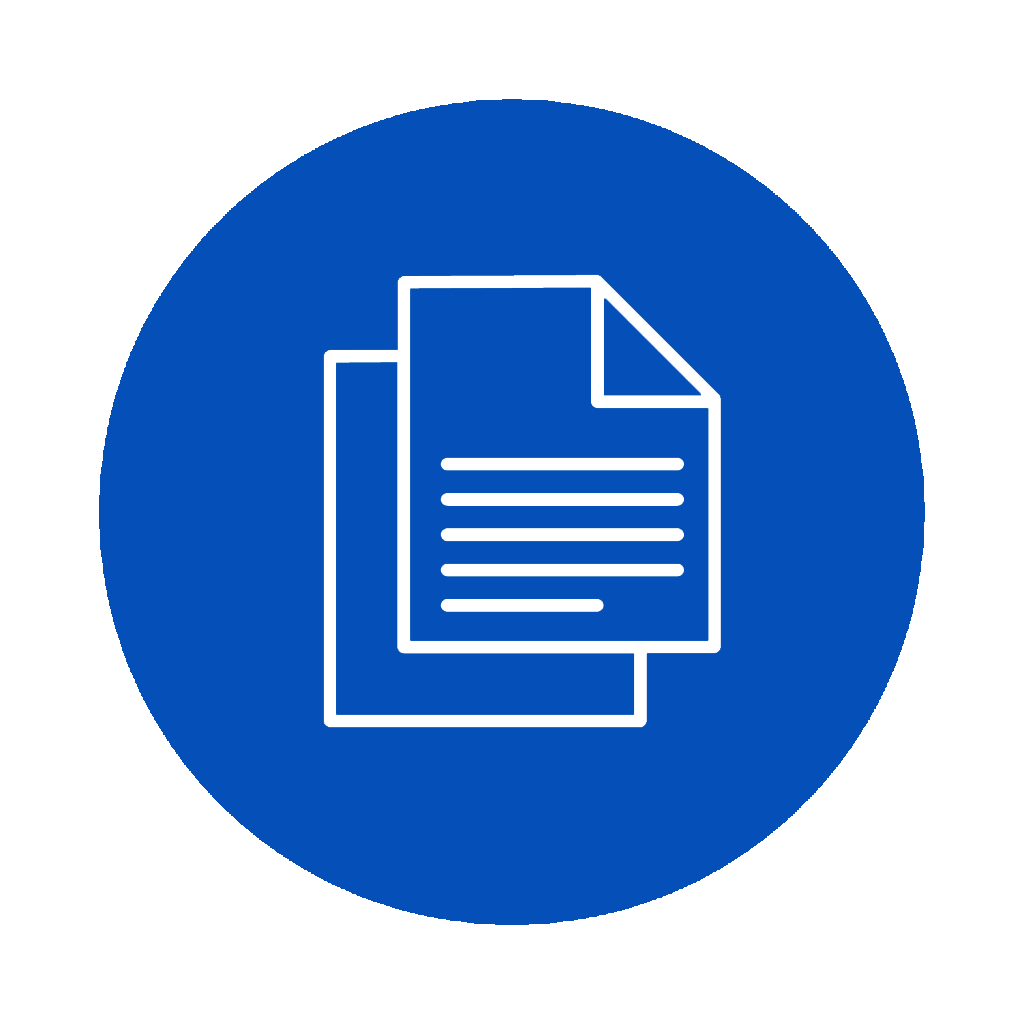Chapter 05. Internal Controls
05.05. Internal Controls and Financial Integrity

Key Questions
![]() Briefly reflect on the following before we begin:
Briefly reflect on the following before we begin:
- How do internal controls contribute to the integrity of financial reporting and compliance with regulations?
- What key controls are related to the financial close and reporting process?
- How can internal controls help prevent and detect financial fraud?
- What role does the Audit Committee play in overseeing financial controls?
Internal controls play a crucial role in ensuring the integrity of financial processes and safeguarding the accuracy and reliability of financial reporting within organizations. This section delves into the significance of internal controls in maintaining financial integrity and compliance with regulatory requirements.
Adequate internal controls are essential for maintaining the integrity of financial reporting and ensuring compliance with applicable laws and regulations. Controls related to the financial close and reporting process are particularly critical, as they govern the accuracy and completeness of financial information disclosed to stakeholders. Moreover, robust controls are instrumental in preventing and detecting fraud, minimizing the risk of financial misstatements and unauthorized transactions.
Critical financial controls, such as reconciliations and reviews, are indispensable for identifying discrepancies and inconsistencies in economic data. These controls serve as checks and balances, assuring the end user that the financial information is accurate and reliable. The Audit Committee’s oversight role is paramount in ensuring the effectiveness of financial controls. By actively monitoring and reviewing control activities, the Audit Committee strengthens the control environment and promotes financial integrity.
Regulatory requirements, such as those outlined in the Sarbanes-Oxley Act, impose specific obligations on organizations to establish and maintain adequate financial controls. Non-compliance with these requirements can have serious consequences, including legal penalties and reputational damage. Through case examples illustrating the ramifications of inadequate financial controls, this section underscores the importance of implementing robust control frameworks to safeguard financial integrity and uphold regulatory compliance.
 Internal Audit in Action
Internal Audit in Action
Background
FinSons Corporation, a reputable financial services company, recently discovered significant errors in its financial reporting, which led to a loss of investor confidence and a drop in stock prices. An internal investigation revealed that the errors stemmed from inadequate internal controls over financial reporting and data management.
Challenge
The primary challenge for FinSons was to restore financial integrity and investor confidence by overhauling internal controls related to its financial reporting processes. The company needed to ensure its financial statements were accurate, reliable, and compliant with regulatory standards.
Action Taken
The CFO led the initiative to strengthen financial controls, focusing on several key areas:
- Implementing Segregation of Duties: FinSons reviewed and revised its processes to ensure appropriate segregation of duties in financial reporting, preventing any single individual from having control over all aspects of financial transactions.
- Enhancing Reconciliation Processes: The company implemented more rigorous reconciliation processes for critical accounts, ensuring that discrepancies were identified and resolved promptly.
- Strengthening Access Controls: Access to financial systems and data was strictly controlled, with access rights granted based on job roles and responsibilities. Regular audits were conducted to ensure compliance with access policies.
- Deploying Automated Controls: FinSons invested in financial management software that included automated controls for error detection, transaction limits, and compliance checks, reducing the risk of manual errors and fraud.
- Training and Awareness: Employees involved in financial processes received training on the importance of financial controls, ethical reporting, and the mechanisms for reporting concerns or violations.
Outcome
The overhaul of the internal controls significantly improved FinSons’ financial reporting accuracy and reliability. Automated controls and improved reconciliation processes helped identify and correct errors early, while training and enhanced policies fostered a culture of accountability and transparency. Investor confidence was gradually restored as FinSons demonstrated its commitment to financial integrity and regulatory compliance.
Reflection
This scenario illustrates the critical role of internal controls in maintaining financial integrity within organizations. FinSons’ comprehensive approach to strengthening its financial controls demonstrates how proactive measures can address and prevent financial reporting errors, safeguarding the company’s reputation and ensuring trust among investors and stakeholders.
Regulatory Requirements for Financial Controls
Regulatory requirements for financial controls have become increasingly stringent, especially following high-profile corporate scandals highlighting the need for improved oversight of financial reporting. One of the most significant legislations in this area is the Sarbanes-Oxley Act (SOX) of 2002 in the United States. SOX applies to public companies whose shares trade on the US Security and Exchange Commission (SEC). SOX, along with other regulatory frameworks globally, sets forth requirements designed to enhance the reliability of financial reporting by establishing and maintaining robust internal controls.
Compliance with these regulatory requirements is critical for several reasons:
- Preventing Fraud and Errors: Robust financial controls help prevent and detect fraudulent activities and errors in financial reporting, safeguarding the organization’s assets and reputation.
- Enhancing Transparency: Compliance enhances the transparency of financial reporting, building trust among investors, creditors, and other stakeholders.
- Avoiding Legal Penalties: Failure to comply with regulatory requirements can result in significant legal penalties, financial losses, and damage to an organization’s reputation.
Here’s an overview of the regulatory requirements for financial controls under SOX and similar regulations:
Sarbanes-Oxley Act (SOX) of 2002
- Section 302: Corporate Responsibility for Financial Reports
- Requires senior executives (typically the CEO and CFO) to certify the accuracy and completeness of financial reports.
- Ensures that these officers are responsible for establishing, maintaining, and evaluating the effectiveness of internal controls over financial reporting.
- Section 404: Management Assessment of Internal Controls
- Mandates that organizations annually assess and report on the effectiveness of their internal control structure and procedures for financial reporting.
- Requires an external auditor’s attestation to the accuracy of management’s assessment of internal controls.
Other Regulatory Requirements
In addition to SOX, some other regulatory frameworks and standards that emphasize the importance of financial controls are as follows:
- COSO Framework
- The Committee of Sponsoring Organizations of the Treadway Commission (COSO) provides a widely recognized internal control framework that organizations use to assess and enhance their control systems.
- While not a law, the COSO framework is instrumental in guiding compliance with SOX and other regulatory requirements.
- International Financial Reporting Standards (IFRS)
- Organizations operating globally may also need to comply with IFRS, which includes requirements related to internal controls as part of ensuring accurate and reliable financial reporting.
- Industry-Specific Regulations
- Certain industries may be subject to additional regulations that include specific requirements for financial controls. For example, the banking sector might be governed by rules that dictate capital adequacy and risk management controls.
The Impact of Controls on Financial Reporting and Compliance
The impact of controls on financial reporting and compliance is profound and multifaceted, ensuring the accuracy, reliability, and timeliness of financial information. Internal controls are mechanisms to prevent and detect errors and fraud in financial reporting processes, contributing significantly to compliance with laws and regulatory requirements.
Internal controls ensure that financial transactions are recorded accurately and promptly, which is crucial for producing reliable financial statements. Controls such as segregation of duties, authorization and approval processes, and detailed record-keeping practices help prevent and detect errors, ensuring that the financial statements reflect the organization’s financial position and performance. Controls are critical in guaranteeing that financial reporting complies with applicable accounting standards and principles. This includes adherence to Generally Accepted Accounting Principles (GAAP) or International Financial Reporting Standards (IFRS), depending on the jurisdiction. Compliance with these standards ensures that financial statements are prepared consistently and in line with industry practices, enhancing their comparability and credibility.
Timely financial reporting is essential for decision-making by management, investors, and other stakeholders. Internal controls facilitate the efficient processing and reporting of financial information, ensuring that financial statements and reports are available when needed. This timeliness supports effective strategic planning, operational management, and investment decisions. Adequate internal controls are critical for preventing and detecting fraud related to financial reporting. Controls such as regular reconciliations, access controls to economic systems, and whistleblower policies deter fraudulent activities and provide mechanisms for early detection of fraud, protecting the organization’s assets and reputation. Internal controls are essential for ensuring compliance with regulatory requirements related to financial reporting. In many jurisdictions, regulations such as the Sarbanes-Oxley Act (SOX) in the United States mandate the establishment of internal controls over financial reporting and require management to assess and report on the effectiveness of these controls. Compliance with these regulations avoids legal and financial penalties and reinforces stakeholder confidence in the organization’s financial integrity.
Strong internal controls over financial reporting enhance the confidence of investors, creditors, and other stakeholders in the accuracy and reliability of financial information. This confidence supports the organization’s ability to access capital, maintain credit ratings, and build trust in the marketplace. The impact of controls on financial reporting and compliance is significant, underpinning the integrity of financial information, ensuring adherence to regulatory requirements, and enhancing stakeholder confidence. By preventing and detecting errors and fraud, facilitating timely reporting, and ensuring compliance with accounting standards, internal controls are indispensable for maintaining an organization’s financial health and reputation.
Controls Related to the Financial Close and Reporting Process
Controls related to the financial close and reporting process are crucial for ensuring the accuracy, completeness, and timeliness of financial statements. This process involves steps and checks designed to compile all financial data accurately for a given period and report it using applicable accounting standards.
Implementing and maintaining robust controls during the financial close and reporting process ensures that financial statements comply with regulatory requirements, are accurate, reliable, and prepared promptly and help stakeholders make informed decisions.
The following are some of the controls that are typically engaged in the financial close and reporting process:
Pre-Close Controls
Pre-close controls are designed to ensure that all financial transactions for the period have been accurately recorded, and that account balances are complete and correct up to the end of the reporting period. These controls might include:
- Cut-off procedures to ensure transactions are recorded in the correct accounting period.
- Review of subsequent events to identify and record any significant events that occur after the period ends but before the financial statements are issued.
Reconciliation Controls
Reconciliation of account balances is a core control activity in the financial close process. It involves verifying the accuracy and completeness of account information by comparing it to independent sources. Essential reconciliations include:
- Bank reconciliations to verify cash balances.
- Reconciliations of subsidiary ledgers to general ledger (e.g., accounts receivable, inventory) to ensure consistency and accuracy.
Journal Entry Controls
Controls over journal entries aim to prevent and detect errors or fraud in recording transactions. These controls include:
- Approval of manual journal entries by individuals with the appropriate authority.
- Review journal entries for unusual items or amounts, ensuring all entries are supported by adequate documentation.
Financial Review Controls
Review controls involve management’s detailed analysis of the financial statements. Key review activities include:
- Analytical review procedures to identify significant variances or trends that warrant investigation.
- Fluctuation analysis to compare account balances and line items against prior periods and budgeted amounts.
Disclosure Controls
Disclosure controls ensure that all required information is accurately and wholly included in the financial statements and notes. This includes:
- Review of financial statement disclosures for compliance with accounting standards.
- Verification of the accuracy and completeness of notes to the financial statements, including contingent liabilities, commitments, and significant accounting policies.
Segregation of Duties
Segregation of duties between preparing, reviewing, and approving financial reports helps prevent errors and fraud. Ensuring that no single individual controls all aspects of financial reporting is crucial for maintaining financial integrity.
Information Technology Controls
IT controls over financial reporting systems and databases are vital to protecting the integrity and security of economic data. These controls include:
- Access controls to prevent unauthorized personnel from accessing financial systems.
- Change management controls to ensure that changes to financial systems are appropriately authorized and tested before implementation.
External Reporting Controls
Controls related to external reporting ensure that regulatory requirements are taken into consideration during the preparation of financial statements. This involves:
- Coordination with external auditors to ensure all necessary information is available for the audit.
- Compliance checks with regulatory requirements and filing deadlines.
The Role of the Audit Committee in Overseeing Financial Controls
The Audit Committee is pivotal in an organization’s governance structure, primarily overseeing financial controls. As a subset of the board of directors, the Audit Committee is tasked with ensuring the integrity of financial reports, overseeing the organization’s internal control systems, and ensuring compliance with legal and regulatory requirements.
The Audit Committee is directly responsible for overseeing the accuracy and integrity of the organization’s financial statements. This involves reviewing significant accounting policies, choices, and estimates made by management to ensure they are appropriate and in accordance with relevant accounting standards and principles. A crucial part of the Audit Committee’s role involves overseeing the organization’s internal control system. This includes understanding the control environment, reviewing the processes for identifying and assessing significant risks, and ensuring that appropriate controls are in place to mitigate these risks. The Audit Committee evaluates reports from internal and external auditors on the effectiveness of internal controls and monitors management’s efforts to resolve any identified weaknesses.
The Audit Committee bridges the organization’s management, internal audit function, and external auditors. It is responsible for appointing, compensating, and overseeing the external auditor’s work, ensuring the auditor’s independence and objectivity. The committee also reviews the internal audit function’s plans, findings, and effectiveness, ensuring that the internal audit has the necessary resources and independence. The Audit Committee also oversees compliance with legal and regulatory requirements, including financial reporting and controls. It reviews the effectiveness of the organization’s system for monitoring compliance, including the operation of its ethics and compliance program. The committee also considers the findings of significant investigations and follows up on resolving complaints received through the organization’s whistleblower channels.
While risk management oversight might be distributed across various board committees, the Audit Committee typically has a significant role in overseeing financial and reporting risks. It assesses whether management appropriately identifies, manages, and discloses these risks. Lastly, the Audit Committee communicates regularly with the board of directors, providing updates on the integrity of the financial statements, the adequacy of internal controls, and any issues related to the audits or compliance with legal and regulatory requirements. It ensures that the board is fully informed of any significant matters that affect the financial health and integrity of the organization.
By performing these duties, the Audit Committee helps build trust among investors, regulatory authorities, and other stakeholders in the reliability of the organization’s financial information and its commitment to good governance and ethical practices. This oversight function is essential for maintaining financial integrity and safeguarding the organization’s assets and reputation.
 Internal Audit in Action
Internal Audit in Action
Background
Retail Giant Canada, one of the largest retail chains in the country, faced recurring incidents of financial fraud, including embezzlement and procurement fraud. These incidents highlighted vulnerabilities in the company’s internal controls and prompted an urgent need for a robust fraud prevention strategy.
Challenge
The challenge for Retail Giant Canada was to develop and implement internal controls that could prevent fraudulent activities and protect the company’s financial assets. The strategy needed to address various forms of fraud across the organization’s operations.
Action Taken
The Director of Internal Audit orchestrated a comprehensive fraud prevention strategy, incorporating:
- Risk Assessment for Fraud: Conduct a thorough risk assessment to identify areas most susceptible to fraud, focusing on high-risk transactions and departments.
- Implementing Preventive and Detective Controls: Introducing tighter controls around cash handling, procurement processes, and expense reimbursements. This included automated alerts for transactions exceeding certain thresholds and regular, surprise audits.
- Fraud Awareness Training: Launching a company-wide training program to educate employees about the types of fraud, the company’s policies against fraud, and how to report suspicious activities.
- Establishing a Whistleblower Program: Creating a secure and anonymous reporting channel for employees, suppliers, and customers to report potential fraud without fear of retaliation.
- Continuous Monitoring: Utilizing data analytics tools to monitor financial transactions to detect patterns indicative of fraudulent activities.
Outcome
RetailGiant Canada’s focused efforts on fraud prevention led to a marked decrease in incidents of financial fraud. The improved internal controls and heightened employee awareness and vigilance created a deterrent against fraudulent behaviour. The whistleblower program uncovered potential fraud early, allowing for swift action and resolution. Overall, the strategy protected the company’s financial assets and reinforced a culture of integrity and ethical conduct.
Reflection
This scenario underscores the importance of a comprehensive fraud prevention strategy in safeguarding financial integrity. RetailGiant Canada’s proactive approach, focusing on preventive and detective controls, highlights how organizations can effectively combat financial fraud through targeted internal controls, employee education, and technology for continuous monitoring. Such strategies are essential in maintaining trust and credibility with customers, employees, and investors.
 Key Takeaways
Key Takeaways
Let’s recap the concepts discussed in this section by reviewing these key takeaways:
- Adequate internal controls ensure that financial statements are accurate, reliable, and prepared in accordance with accounting standards and regulatory requirements.
- Each step in the financial close and reporting process, from pre-close activities, reconciliation, and journal entry controls to comprehensive reviews and disclosures, is meticulously designed to ensure the integrity of financial statements. These controls are essential for timely, accurate, and compliant financial reporting.
- The threat of fraud looms large over financial integrity. Segregation of duties, access controls, and rigorous authorization processes form the first line of defence. Coupled with regular reconciliations, independent reviews, and vigilant oversight, these controls form a comprehensive strategy to safeguard against fraud.
- The Audit Committee is tasked with overseeing the integrity of financial reports, the effectiveness of internal control systems, and compliance with legal and regulatory requirements.
- Internal controls and financial integrity are inseparable pillars of organizational governance. From the meticulous financial closing process to the Audit Committee’s strategic oversight, internal controls safeguard the organization’s economic health.
 Knowledge Check
Knowledge Check
 Review Questions
Review Questions
- What is the primary purpose of implementing internal financial reporting and compliance controls?
- Describe one control related to the financial close and reporting process.
- How do adequate internal controls help prevent and detect fraud?
- What role does the Audit Committee play in overseeing financial controls?
- What were the regulatory responses to corporate scandals that highlighted inadequate financial controls, such as those involving Enron and WorldCom?
 Essay Question
Essay Question
Discuss the role and responsibilities of the Audit Committee in the context of overseeing financial controls, mainly focusing on how the Audit Committee interacts with internal and external audit functions to enhance financial reporting integrity.
 Mini Case Study
Mini Case Study
A publicly traded company, Kifani Corporation has recently expanded its operations by acquiring a smaller competitor. This expansion has significantly increased the complexity of its financial reporting processes. During the first financial close following the acquisition, the finance team encounters multiple challenges, including discrepancies in inventory counts, inconsistencies in intercompany transactions, and delays in bank reconciliations. Concerned about the potential impact on financial integrity, the CFO reports these issues to the Audit Committee for guidance on addressing the deficiencies and strengthening financial controls.
The Audit Committee recognizes the need for immediate action to safeguard the company’s financial reporting integrity and ensure that it remains in compliance with regulatory requirements, particularly the Sarbanes-Oxley Act (SOX). The committee decided to oversee a comprehensive review of the economic controls related to the financial close and reporting process.
Required: Given the scenario, how should the Audit Committee approach the oversight of the review and enhancement of financial controls to address the reported deficiencies? Discuss specific steps and controls that could be implemented to improve the financial close and reporting process, ensuring financial integrity and regulatory compliance.
A subcommittee of the board of directors responsible for overseeing the financial reporting process, audit process, internal controls, and compliance with laws and regulations.
A U.S. federal law enacted in 2002 to protect investors by improving the accuracy and reliability of corporate disclosures and establishing strict financial governance.
A model for evaluating internal controls, developed by the Committee of Sponsoring Organizations of the Treadway Commission, used to enhance organizational performance.
Procedures and measures implemented to ensure the accuracy, completeness, and timeliness of information disclosed in financial reports.
A fundamental internal control principle that divides responsibilities among different individuals to reduce the risk of error or inappropriate actions.
Procedures and policies implemented to ensure the integrity, confidentiality, and availability of information technology systems and data.
The process of reviewing and verifying that an organization's operations, processes, and practices adhere to internal policies and external regulations.
The ongoing process of collecting and analyzing data to detect and respond to risks, ensure compliance, and improve processes in real time or near real time.

